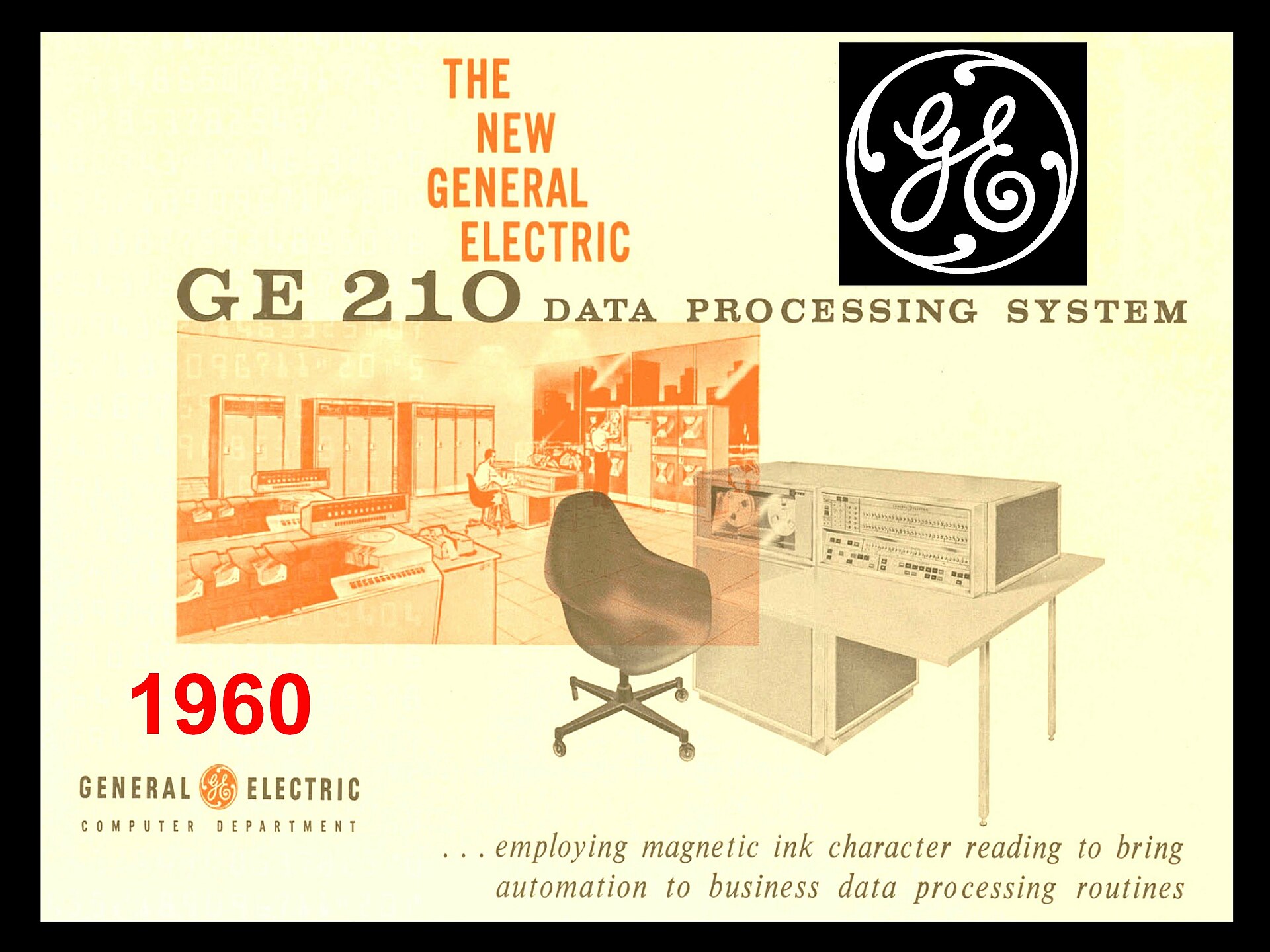BASIC turns 60
Sixty years ago, on May 1, 1964, at 4 am in the morning, a quiet revolution in computing began at Dartmouth College. That’s when mathematicians John G. Kemeny and Thomas E. Kurtz successfully ran the first program written in their newly developed BASIC (Beginner’s All-Purpose Symbolic Instruction Code) programming language on the college’s General Electric GE-225 mainframe.
Little did they know that their creation would go on to democratize computing and inspire generations of programmers over the next six decades.
What is BASIC?
In its most traditional form, BASIC is an interpreted programming language that runs line by line, with line numbers. A typical program might look something like this:
10 PRINT “WHAT IS YOUR NAME?”
20 INPUT N$
30 PRINT “HELLO, “;N$
Programs could jump between lines using commands like GOTO, which often led to simple looping programs created by beginners that would fill the screen with repeating words. Or one could quickly write a program that counted upward toward infinity like this:
10 LET X=X+1
20 PRINT X
30 GOTO 10
Today, most programming languages use different types of structural paradigms (such as functions and object-oriented programming), but the easy-to-grasp syntax of BASIC, with its plain English keywords, proved popular and easy to use for beginners.
The journey to BASIC
Before early computers became small, inexpensive, and “personal,” they were difficult to use. At first, programming a computer involved literally connecting wires, then flipping switches, and even punching paper cards. Over time, engineers developed ways to abstract away low-level programming operations with a more friendly interface. That’s where programming languages come in.
A brochure for the GE 210 computer from 1964. BASIC’s creators used a similar computer four years later to develop the programming language.
A brochure for the GE 210 computer from 1964. BASIC’s creators used a similar computer four years later to develop the programming language. Credit: GE / Wikipedia
Prior to BASIC, programming languages like Fortran, Algol, and COBOL proved complex and were primarily used by professionals. Kemeny and Kurtz saw a need for amateurs who were not dedicated computer engineers to be able to use computers as well. Their journey to create a more user-friendly language began in 1956 with Dartmouth Simplified Code (DARSIMSCO), followed by the Dartmouth Oversimplified Programming Experiment (DOPE). While DOPE proved too simple to be of much use, the lessons learned from these projects informed the development of BASIC, which started in 1963.
